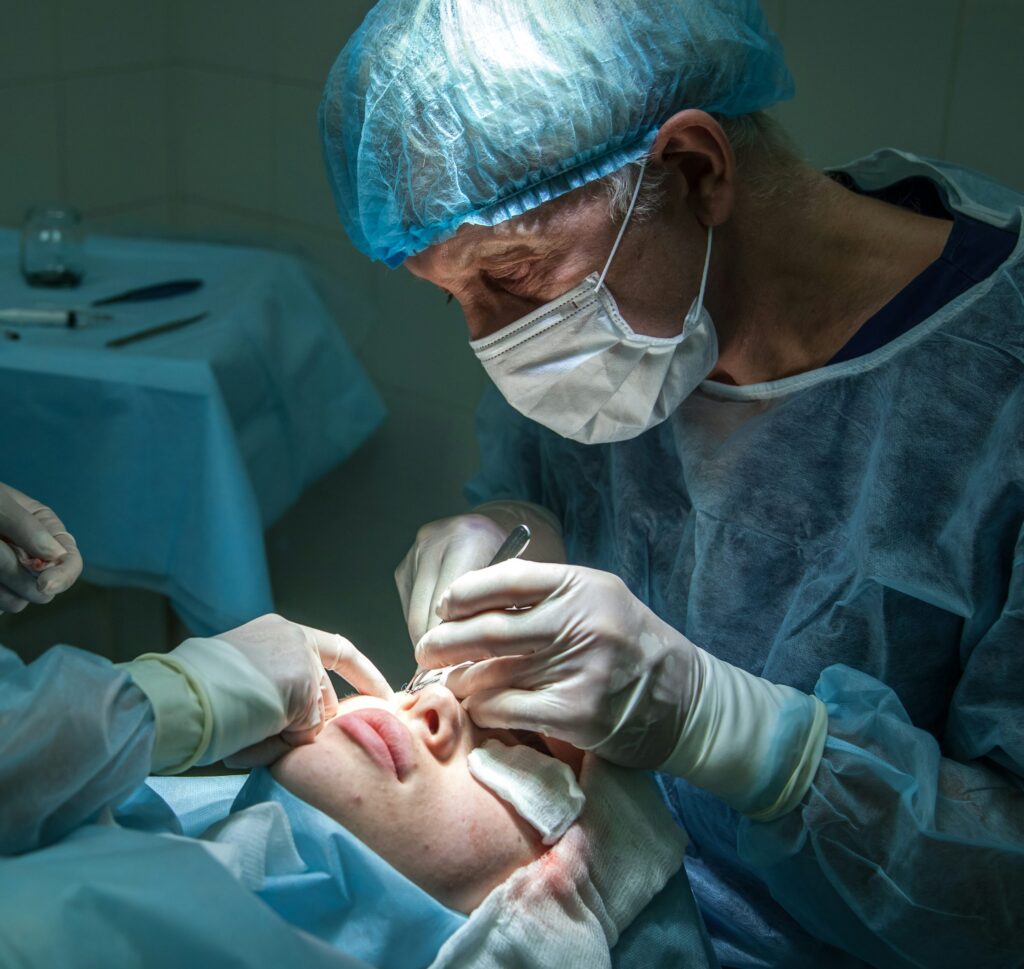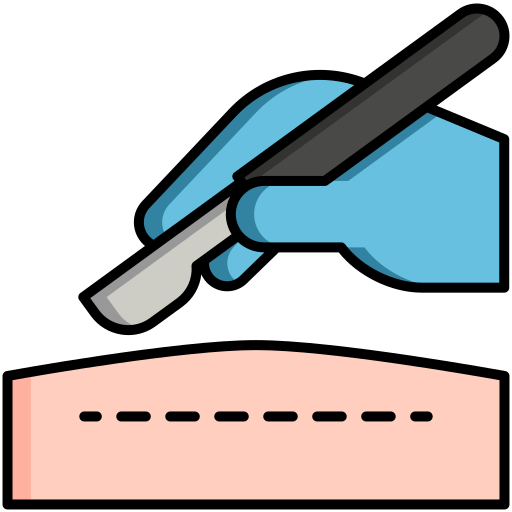Neurosurgery
Treat | Improve | Reconstruct
Neurosurgery is the medical specialty focused on surgically treating disorders of the brain, spinal cord, and peripheral nerves. the best neurosurgeon treatment in Sirsa includes procedures to heal damage, enhance function, and restore the nervous system with expert care. It encompasses a wide range of interventions aimed at improving the health and well-being of patients with neurological conditions.
Why Choose Us for Your Neurosurgery Journey
Choosing Astha Hospital for the best neurosurgeon treatment in Sirsa means trusting a team with unparalleled expertise and dedication to your complete well-being, from accurate diagnosis to full recovery.,


Board-Certified Surgeons
Our team consists of highly qualified, board-certified surgeons with extensive experience, ensuring top-tier expertise and adherence to the highest surgical standards for excellent outcomes.

Natural-Looking Results
We focus on enhancing your existing features to create subtle, balanced results that look natural and reflect your best self without appearing artificial.

Safety and Ethics First
Your health and well-being are our top priorities; we strictly uphold the highest medical safety and ethical standards in all procedures and patient care.

Outstanding Patient Satisfaction
Our numerous 5-star reviews and loyal returning clients demonstrate high levels of patient happiness, reflecting our commitment to care, trust, and successful results
Our Treatment Categories
- This surgery involves removing abnormal growths (tumors) from the brain. The goal is to remove as much of the tumor as possible while preserving healthy brain tissue and function. The approach depends on the tumor's size, location, and type.
- This procedure relieves pressure on the spinal cord or the nerves branching off it. This pressure can be caused by things like herniated discs, bone spurs, or thickened ligaments. Decompression helps reduce pain, numbness, and weakness caused by the compression.
- A craniotomy is a surgical procedure where a section of the skull bone is temporarily removed to access the brain underneath. The bone is typically replaced after the surgery. This is a common approach for various brain surgeries, including tumor removal, aneurysm repair, and treating bleeding.
- An aneurysm is a weakened, bulging area in a blood vessel, often in the brain. Aneurysm clipping involves placing a small metal clip across the neck of the aneurysm to block blood flow into it, preventing it from rupturing (bursting).
- VP stands for ventriculoperitoneal. This surgery involves implanting a tube (shunt) to drain excess cerebrospinal fluid (CSF) from the ventricles (fluid-filled spaces) in the brain to another part of the body, usually the abdomen (peritoneum), where it can be absorbed. This is done to treat hydrocephalus ("water on the brain").
- A microdiscectomy is a minimally invasive surgery to remove a portion of a herniated or bulging disc in the spine that is pressing on a nerve. It is performed using a microscope or endoscope to allow for a smaller incision and less disruption to surrounding tissues.
- This surgery is performed on individuals with severe epilepsy that doesn't respond well to medication. The goal is to remove or alter the small area of the brain that is causing the seizures. Different types of epilepsy surgery exist depending on the location and type of seizures.
- This surgery involves repairing a broken bone in the skull. The procedure aims to restore the normal shape of the skull, protect the brain from further injury, and sometimes remove bone fragments that may be pressing on the brain.
- Chiari malformation is a condition where brain tissue extends into the spinal canal. Surgery for Chiari malformation typically involves creating more space at the base of the skull and upper spine to relieve pressure on the brain and spinal cord.
- DBS is a surgical procedure where electrodes are implanted into specific areas of the brain. These electrodes are connected to a device (like a pacemaker) that sends electrical impulses to regulate abnormal brain activity. It is often used to treat movement disorders like Parkinson's disease, essential tremor, and dystonia.
- A hematoma is a collection of blood outside of a blood vessel, often caused by trauma. This surgery involves draining or removing a hematoma (blood clot) that has formed in the head (e.g., between the skull and brain) or around the spine due to an injury. Removing the hematoma relieves pressure on the brain or spinal cord.
- This surgery involves joining together two or more vertebrae in the spine so they heal into a single, solid bone (fusion). Fixation often involves using screws, rods, or plates to hold the vertebrae in place while the fusion occurs. This is done to stabilize the spine, correct deformities, or reduce pain caused by unstable segments.



